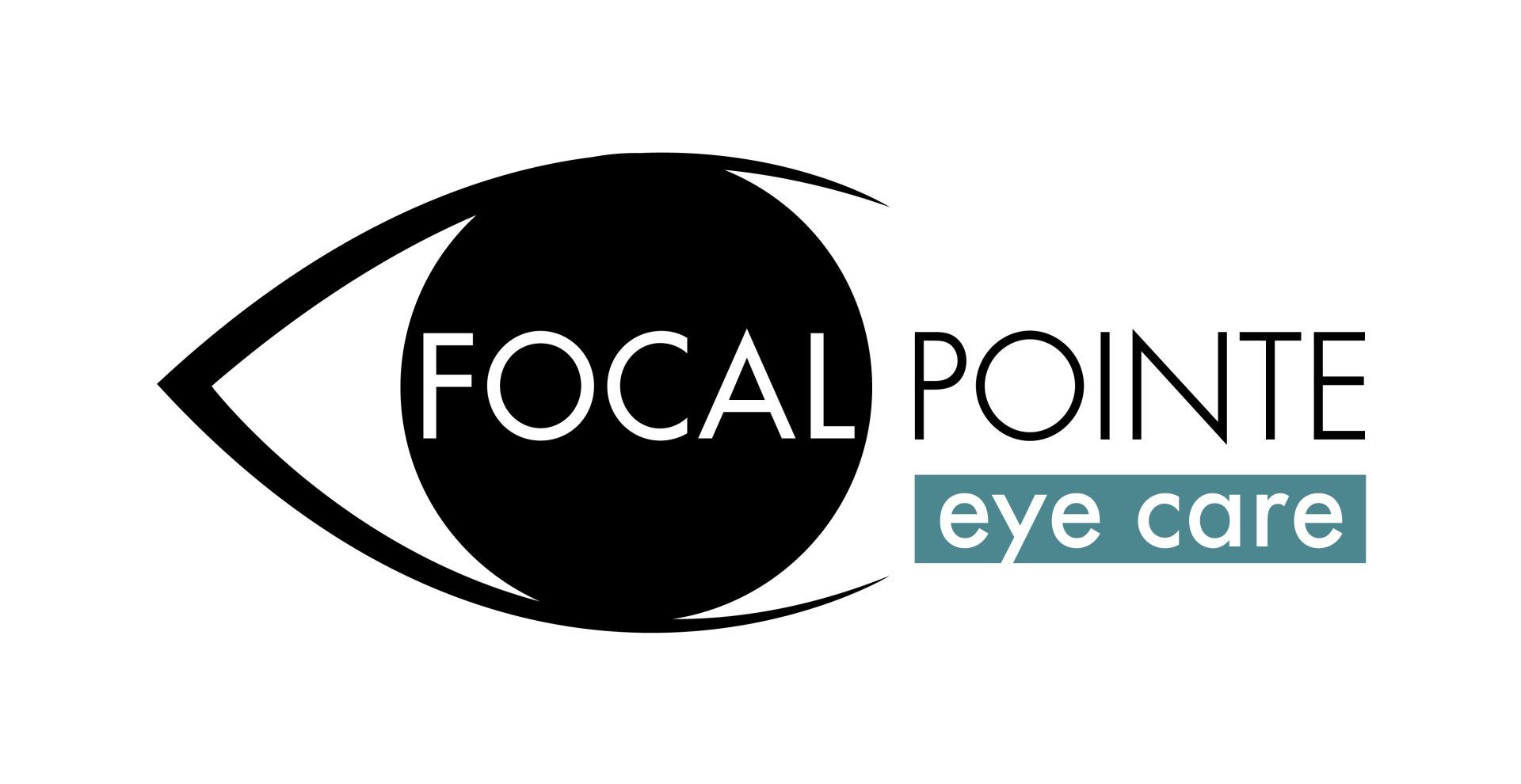My Doctor Says I Have Dry Eyes, but I Don’t Notice Any Symptoms. Is Neurotrophic Keratitis Really That Rare?
Neurotrophic keratitis (NK) is a rare, degenerative disease only 16 per 100,000 people have, or so we thought. It is caused by damage to the trigeminal nerve, which is responsible for relaying pain, touch, and temperature sensations from your face to your brain. There are 3 branches of this nerve, including an ophthalmic branch which allows you to feel these sensations with your eyes. We care so deeply about ocular sensitivity because it plays a vital role in preserving your vision!
Damage to the ocular branch of the trigeminal nerve reduces corneal sensitivity. If your eyes cannot detect an injury or other red flags, it does not know to begin the healing process. The two responses your brain triggers in response to a stimulus, like wind or a foreign body, are blink rate and reflex tears. Tears are produced to flush away any unwanted invaders. Blinking releases oils from the eyelids that prevent tears from evaporating. Combining tears and oils together keeps your eyes moisturized and protected. Without blinking and tears, the corneal surface will break down and develop irregularities that impact your vision. But, since the ocular nerves are damaged, you may not notice any symptoms at all.
Is this Dry Eye Disease (DED) or Neurotrophic Keratitis (NK)? The answer is: It's BOTH. In the early stages, NK can trigger the most severe stages of DED. As DED progresses, it causes a loss of corneal nerve function, leading to the worsening of NK. These conditions share similar signs and symptoms, making them challenging to distinguish. Due to the striking similarities between NK and DED, NK is often not thoroughly examined, resulting in under-diagnosis. Its prevalence is more widespread than commonly believed.
Common Causes of NK include:
- Chronic contact lens wear
- Overwear of contact lenses
- Use of eye drops containing preservatives
- Glaucoma medications
- Herpetic infections
- LASIK eye surgery
- Cataract surgery
- Systemic conditions like diabetes and multiple sclerosis.
To diagnose NK, a corneal sensitivity test is performed. A small filament is used to test the cornea in a few different locations to determine the response to the stimulus. This condition progresses with time and may not be equal across the cornea. Some areas of the cornea may remain responsive while others may not be responsive at all. Dye stains are used to assess the degree of inflammation present on the ocular surface. Typically, the eye is more inflamed than the symptoms a patient feels. If symptoms are present, patients will feel irritation, burning, stinging, fluctuating vision, light sensitivity, redness, foreign body sensation, and contact lens intolerance. The results of these tests combined will be used to determine the best treatment possible.
Treatments for NK vary by stage of the disease. Within the last few years, there have been major leaps in cutting edge technology that have expanded the number of options a patient has. First line defenses typically include preservative-free artificial tears and punctal plugs. If those treatments are ineffective, more advanced options such as bandage contact lenses, amniotic membranes, and Oxervate, a medication to promote corneal nerve growth, are available. To find your personalized treatment options, schedule a Dry Eye Evaluation with Dr. Lyons or Dr. Fisher.

